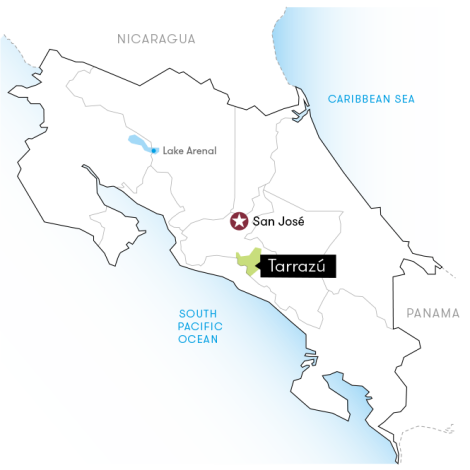|
Jump to:
|
Costa Rica-La Naciente
|
(Photo Credit: covoyacoffee.com)
Tasting Notes
|
Processing
|
Elevation
|
Cultivar
|
About this Coffee
(From covoyacoffee.com)
- This is a honey processed microlot from Finca El Mango, which is located in the Rivas district of the Chirripo region of Costa Rica. This lot was harvested by Regulo Urena Chacon and the Urena family who have been harvesting since 2005. Growing altitude for this lot ranges from 1350 masl - 1825 masl and varieties harvested include Red and Yellow Catuai, Caturra, and some Villasarchi. Coffees are dried on patio and raised beds. Black honey processing is generally the most labor intensive of the various honey processes as it is the most sheltered from light during drying, retains more mucilage, and takes longer to dry (around 2 weeks).
- Coffee came to Costa Rica as early as 1779 and within 50 years was generating more revenue than any other crop, but by the 1830’s they were growing more coffee than the ships heading south could take. And virtually no infrastructure existed for transporting even a small amount of green coffee to the east coast of Costa Rica (where London was a mere 5,000 miles away). The distribution woes of Costa Rican coffee producers reached the ears of an up-and-coming shipping magnate named William Le Lacheur in 1841 and on Christmas day, 1841 he sailed The Monarch into port at Puntarenas, Costa Rica, and thus began a long and mutually beneficial relationship. On one voyage to London in late in 1843, the Monarch carried more than half a million pounds of Costa Rican coffee.
How to Brew this Coffee
- Use our brew guides for help dialing your coffee in with virtually any brew method here!
What is a "Honey Processed" Coffee?
What's all that info on the bag mean?
From seed to cup
- Here's a short video on how coffee comes from the farmers all over the world to your cup!
